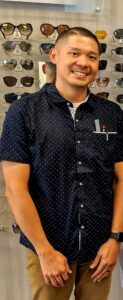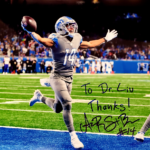Here at Dr. Alex Corbin Liu's Optometry, we provide our patients with expert eye care services....Our highly skilled and well-educated Optometrists, opticians, and patient coordinators will make sure you receive the best service and highest quality available. Our clients include some of the most famous people in the world and we want to include you! ~ Call Us Today
You Never Know Who May be in the Office!
Chris Taylor!
(L.A. Dodgers) Checking In!
Kyle Kuzma!
(Former LA Laker / Current Washington Wizard) Checking In!

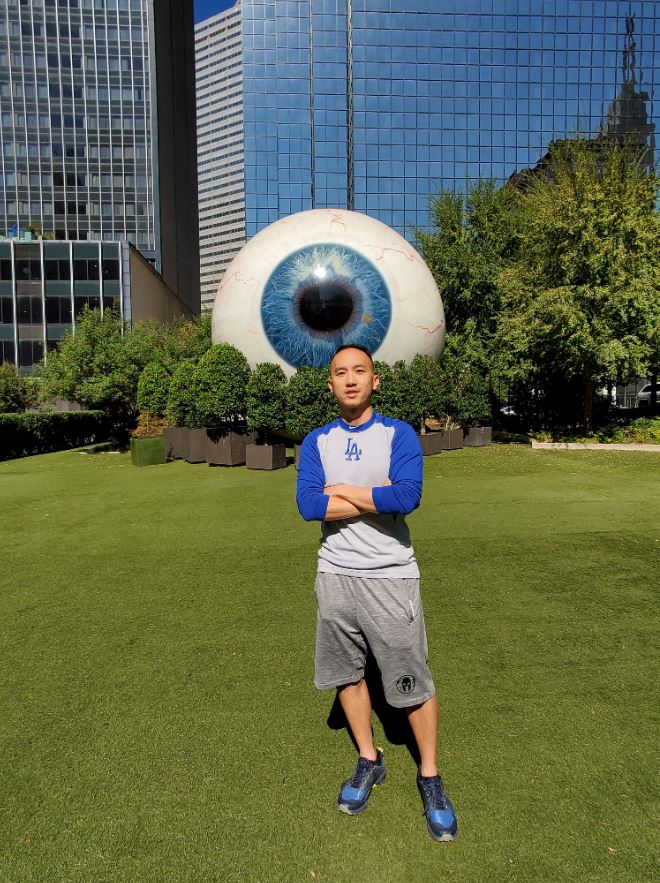
Dr. Alex Liu O.D.
Alex Corbin Liu, O.D. is a certified optometrist with full accreditation and is DEA licensed to prescribe oral and topical medications to treat eye diseases and infections. Dr. Liu has extensive experience with rigid gas permeable and multifocal contact lenses. Dr. Liu earned his undergraduate degree from the University of California San Diego with a degree in psychology and a minor in teacher education.
Dr. Liu received his Doctor of Optometry degree from the Southern California College of Optometry where he earned the Children in Focus Pediatric Optometry Excellence Award. He had extensive internship training and practiced optometry at the San Diego Center for Vision Care, Veterans Hospital of West Los Angeles, Naval Medical Center San Diego, and the Eye Care Clinic in Fullerton. Dr. Liu loves the profession of optometry as it has been his career goal since high school. Dr. Liu lives in Eastvale with his wife, son, daughter and dog.

Fun Fact:
Dr. Liu is referred many professional athletes and entertainers for their eye care needs. Dr. Liu has worked with the Los Angeles Clippers as their Optometrist providing eye exams and eyewear for the coaches, staff and players. He also examines many Hall of Fame and current NFL players in addition to Dodgers players annually.
Dr. Liu enjoys competing in Spartan Obstacle Course Races and 5K races. In addition, he is CBEST certified to be a substitute teacher. He is a regular parent volunteer at his kids’ school and enjoys coaching his kids’ soccer teams.
Meet More of Our Friendly Staff...

Dr. John C. Nelson
John C. Nelson, O.D. is a certified optometrist. Dr. Nelson went to Granada Hills High School and earned his undergraduate degree from Cal State Northridge in 1970. He earned his Doctor of Optometry degree from the Southern California College of Optometry in 1976. He's been in practice in Rowland Heights and La Puente for 35 years. Fun Fact: Dr. Nelson enjoys basketball, jogging, golf, and classic cars. Dr. Nelson has coached various youth sports teams and been an active member in the Rowland Heights and Walnut communities for decades.
The Team
Ron is our lead optician. Ron is excellent with helping patients with customization of frame and lens selections that matches each individual’s lifestyle. He has extensive optical experience as a lab technician where he was responsible for cutting and edging lenses. He has been an optician for over 10 years and previously worked at a practice in Pasadena before joining us.
Madeline helps run the front office. She currently attends Cal State Fullerton University with a major in Health Science and Human Resources. Madeline has managed local restaurants before joining our team. She enjoys meeting new people and always helps patients with a smile.
Alana helps run the front office. She graduated from Cal State Fullerton University with a Bachelor’s Degree in Health Science. She is interested in becoming an Optometrist and values all of her patient interactions. 
Tatiana helps run the office part-time. She has worked in the optical field for over two years. Her ultimate goal is to become an Optometrist. She loves assisting patients with selecting their frames and looks forward to continue growing from every encounter that she experiences. 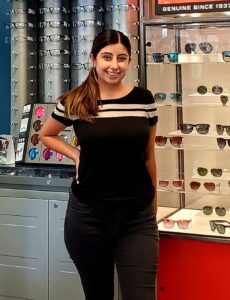
Aileen Almonte
Aileen is one of our friendly opticians. She loves styling patients with new frames. She has worked at our practice for the past several years and enjoys building a good relationship with our patients. 
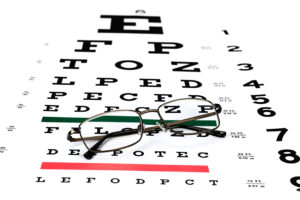

HOCKEY
BASKETBALL
BASEBALL
FOOTBALL
MUSIC - TV - ACTING - COMEDY
Some of the amazing products we carry include:
















Directions / Hours
- Dr. Alex Liu's Office is located in the Canyon Point Marketplace Shopping Center McDonalds/168Market at the Northwest Corner of Fairway Drive and Colima Road. Between the 168 Market and the UPS Store."
- Address:19735 E. Colima Rd. #4 Rowland Heights, CA 91748
- Phone909-468-4622
- Email:xcorbinod@gmail.comOpens in your application
- Dr. Alex Liuwww.alexcorbinliu.com
Hours
- Monday: 9:00am-6:00pm Tuesday: 9:00am-6:30pm Wednesday: 9:00am-1:00pm Thurs-Friday: 8:30am-5:30pm Saturday: 8:30am-3:30pm.
Languages
- * Our Staff Speaks: English, Spanish, Chinese & Tagalog









http://www.aoa.org/
Website by Vee & Associates © 2012-2022 All Rights Reserved. * Media inquiries please contact above.
